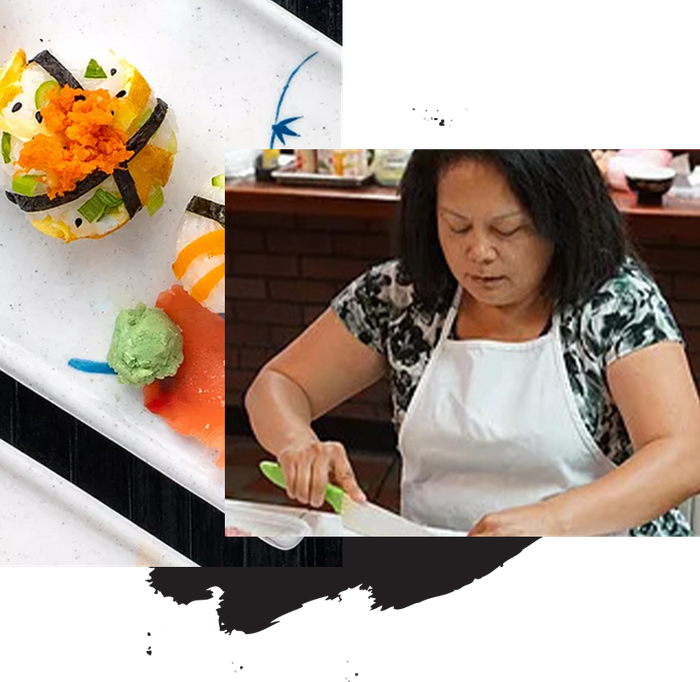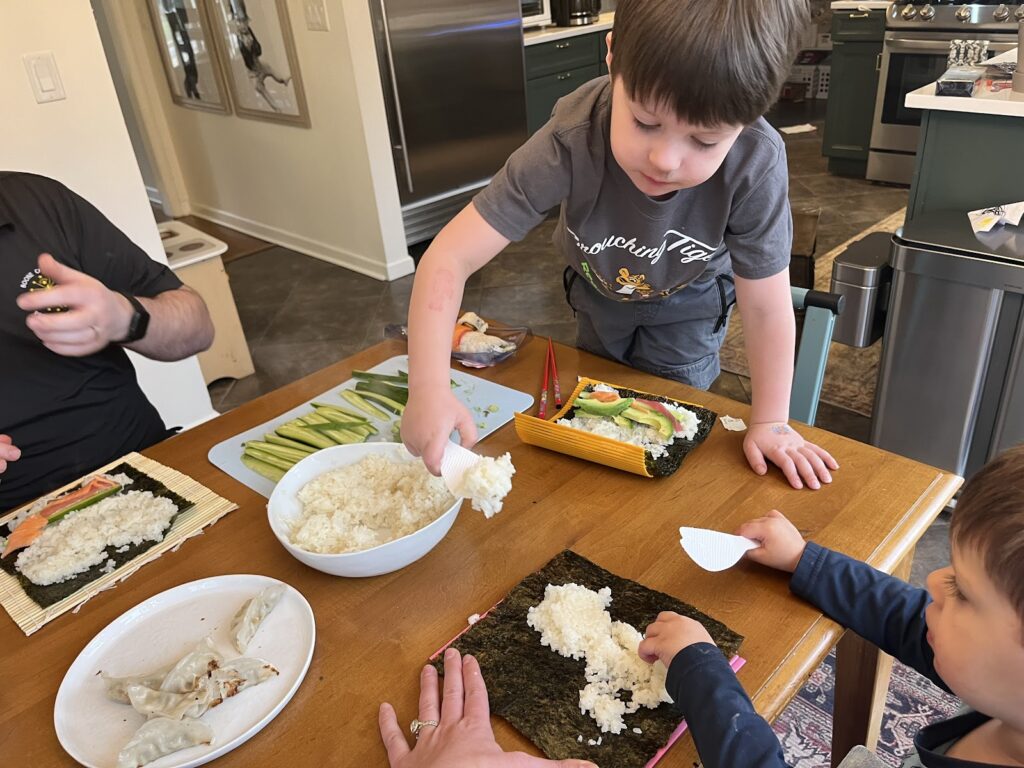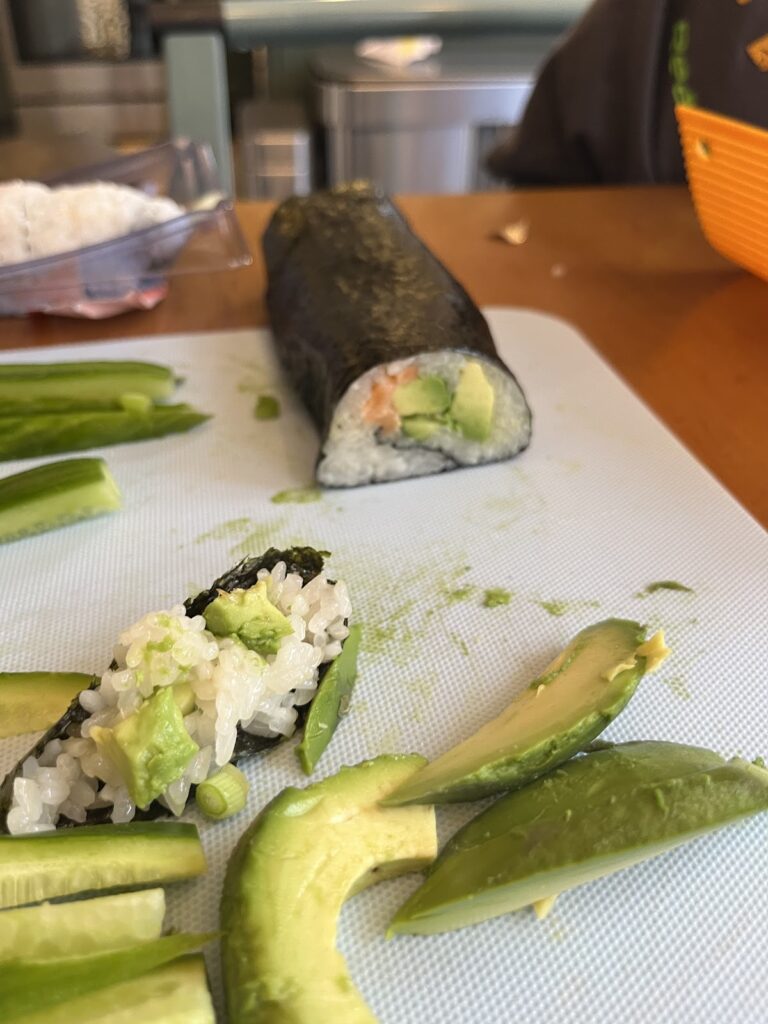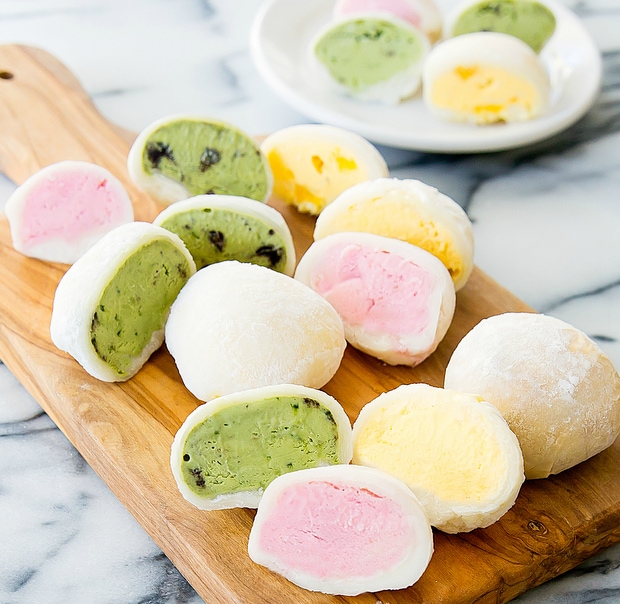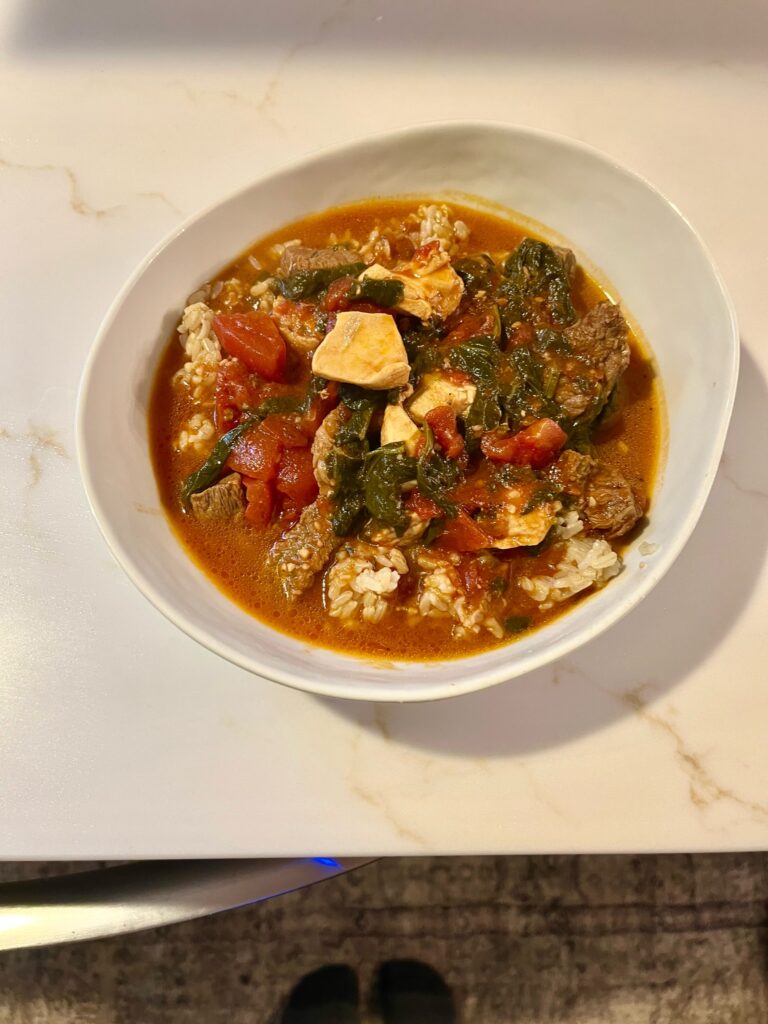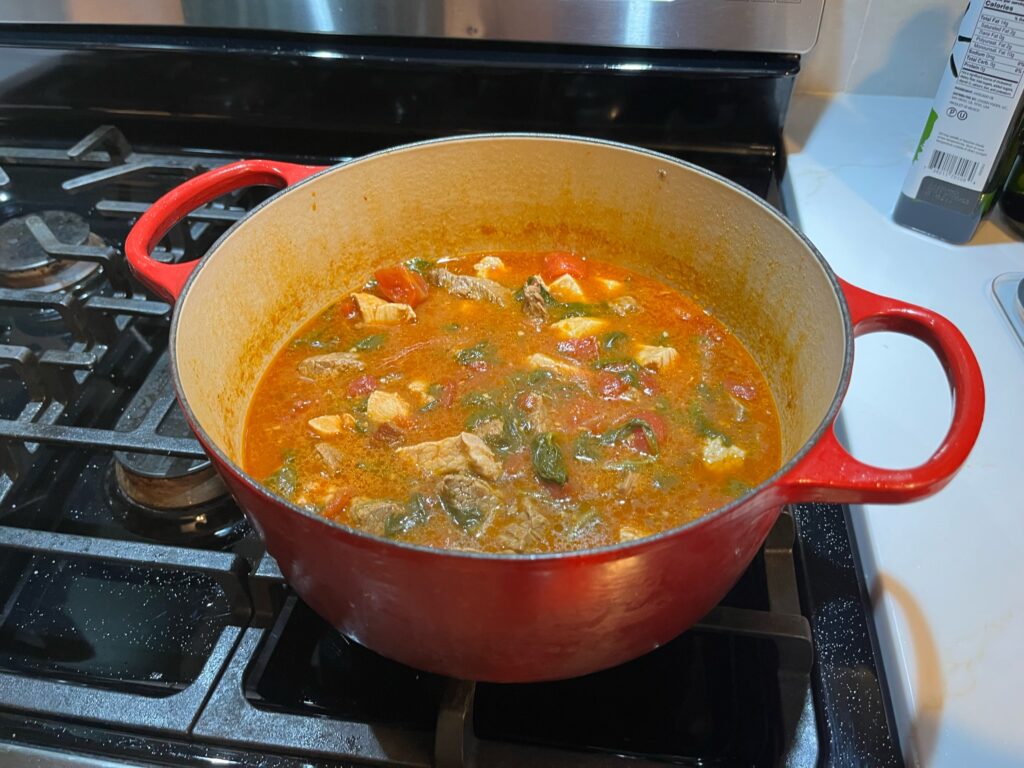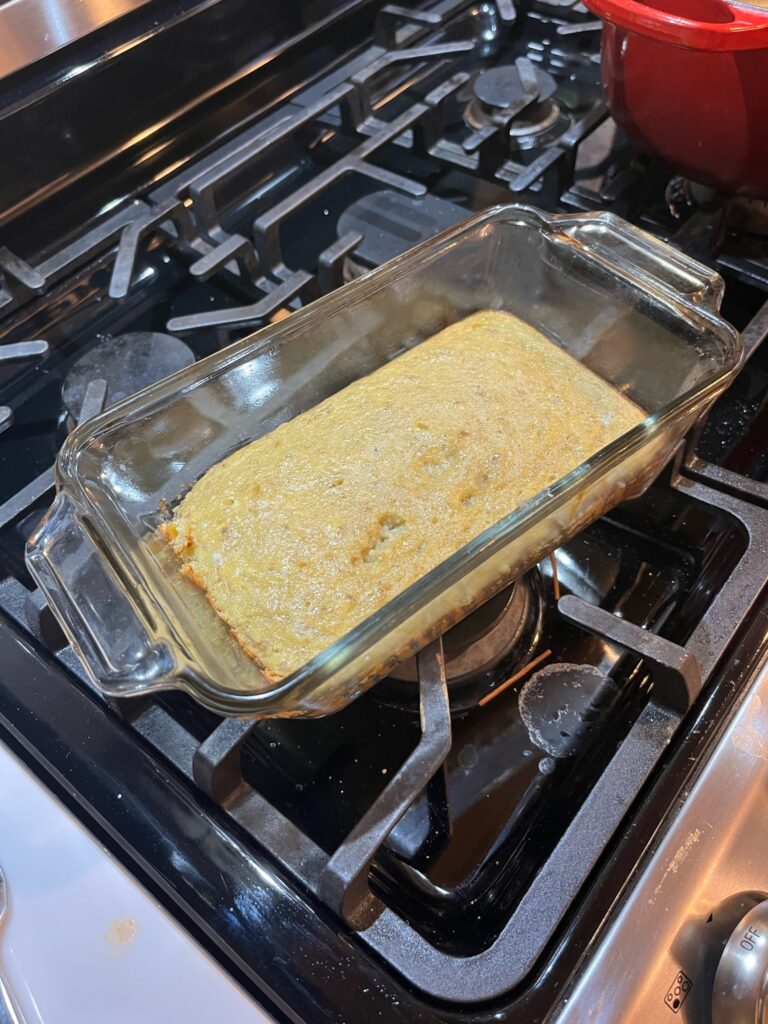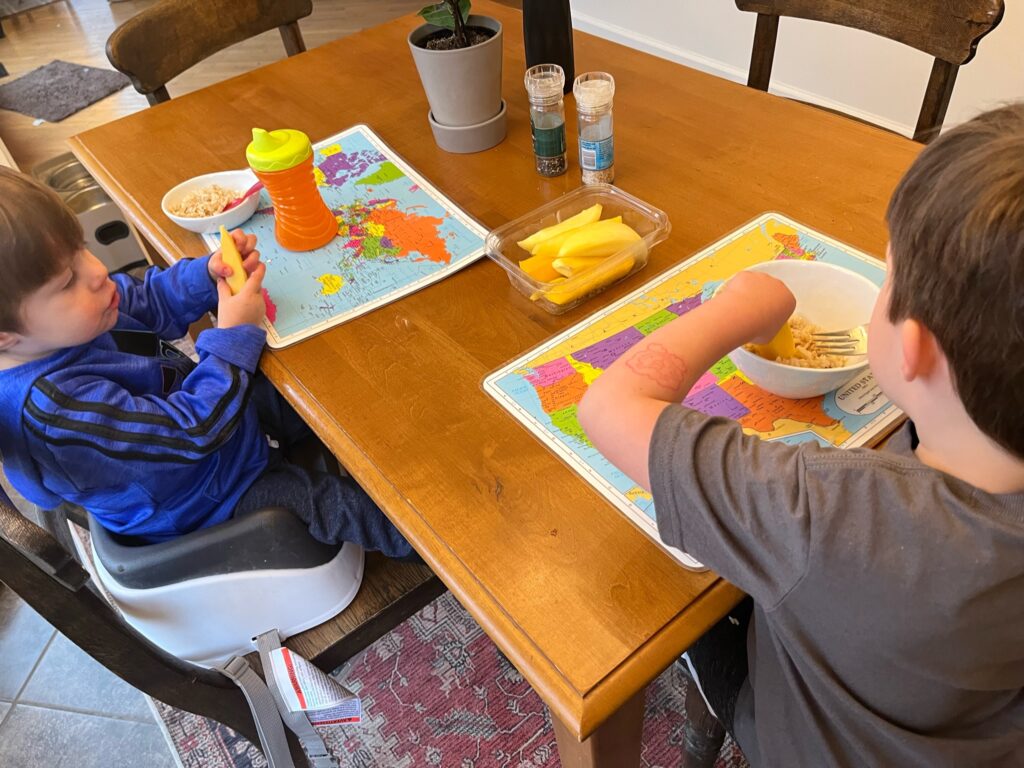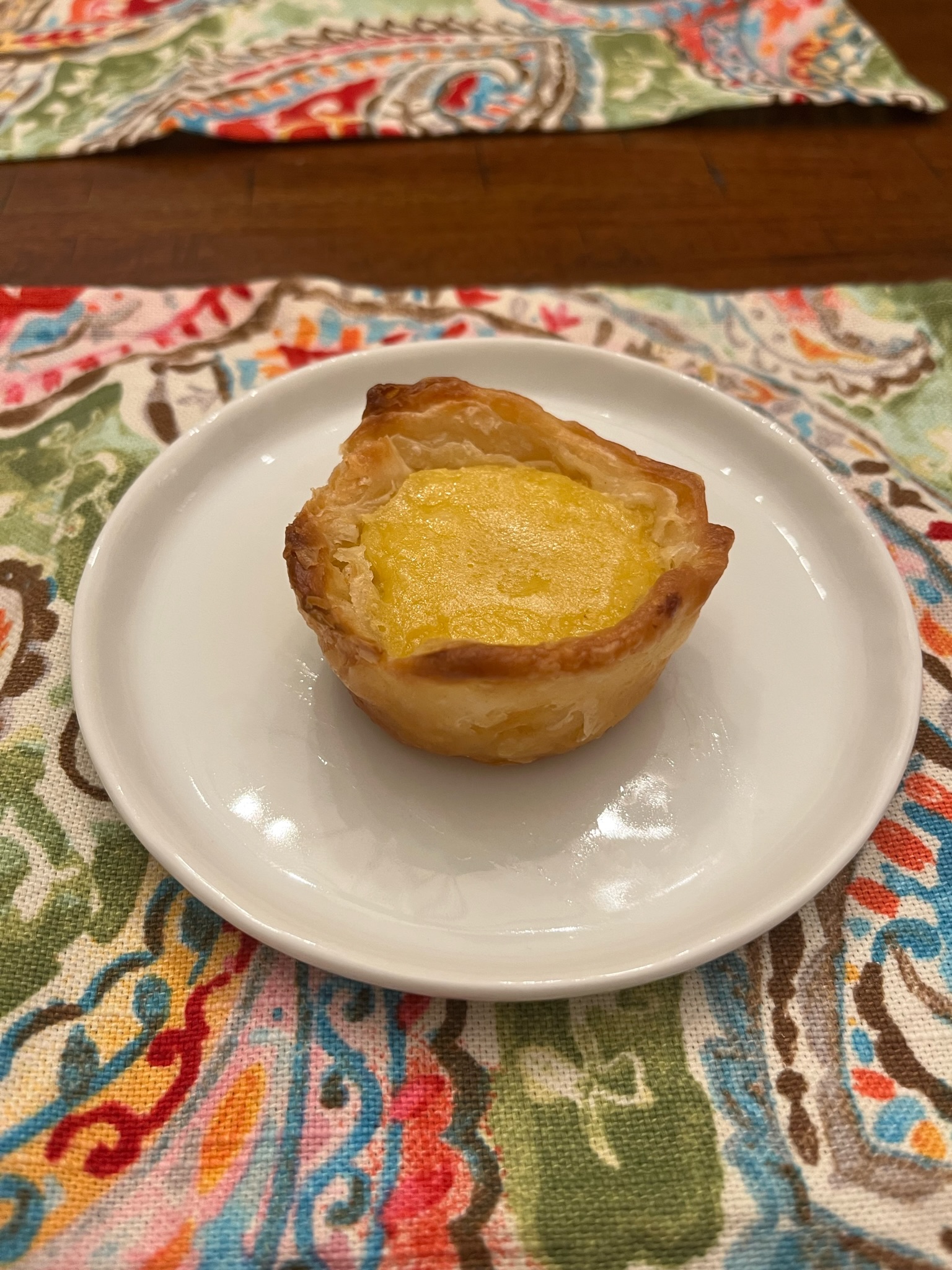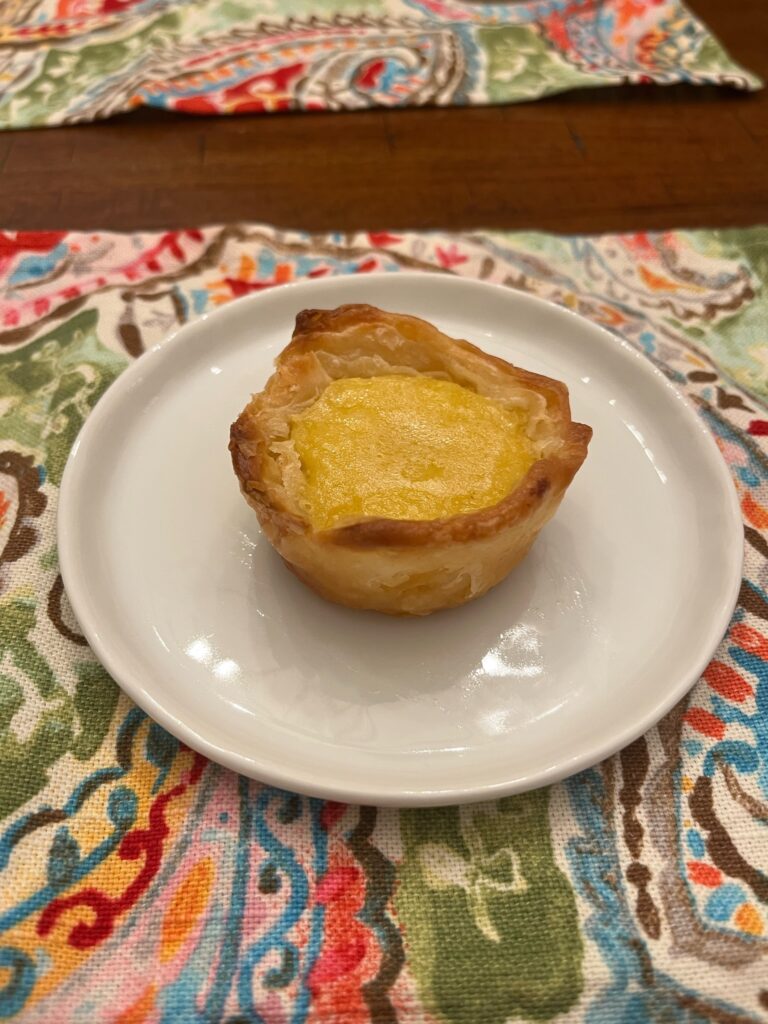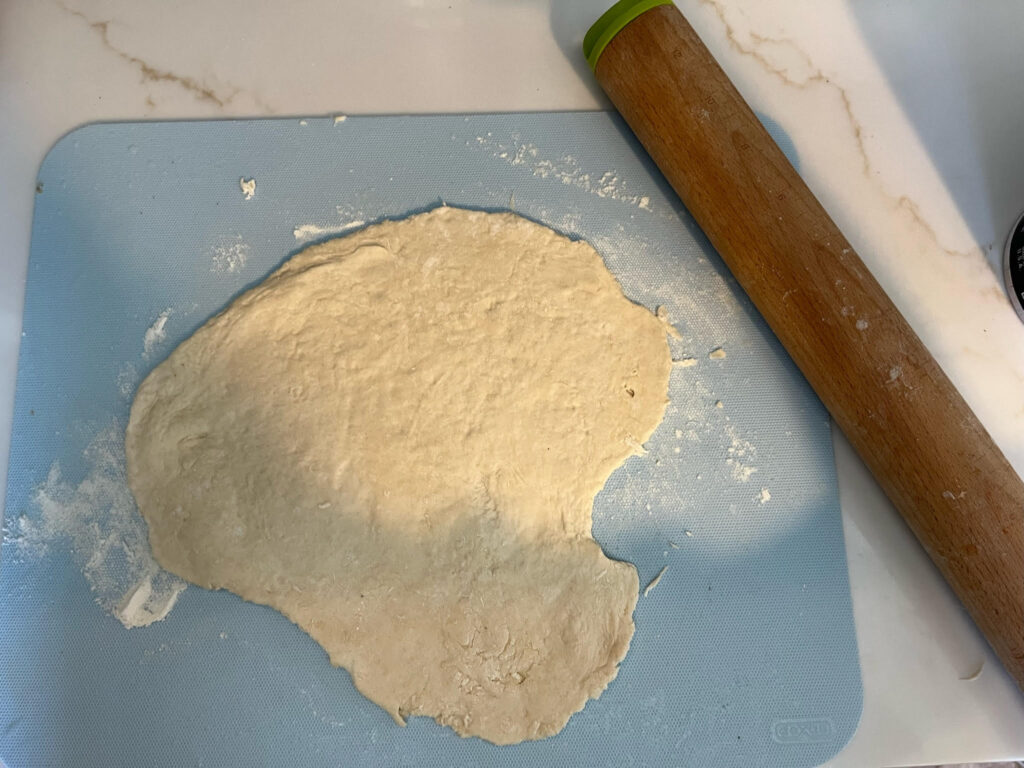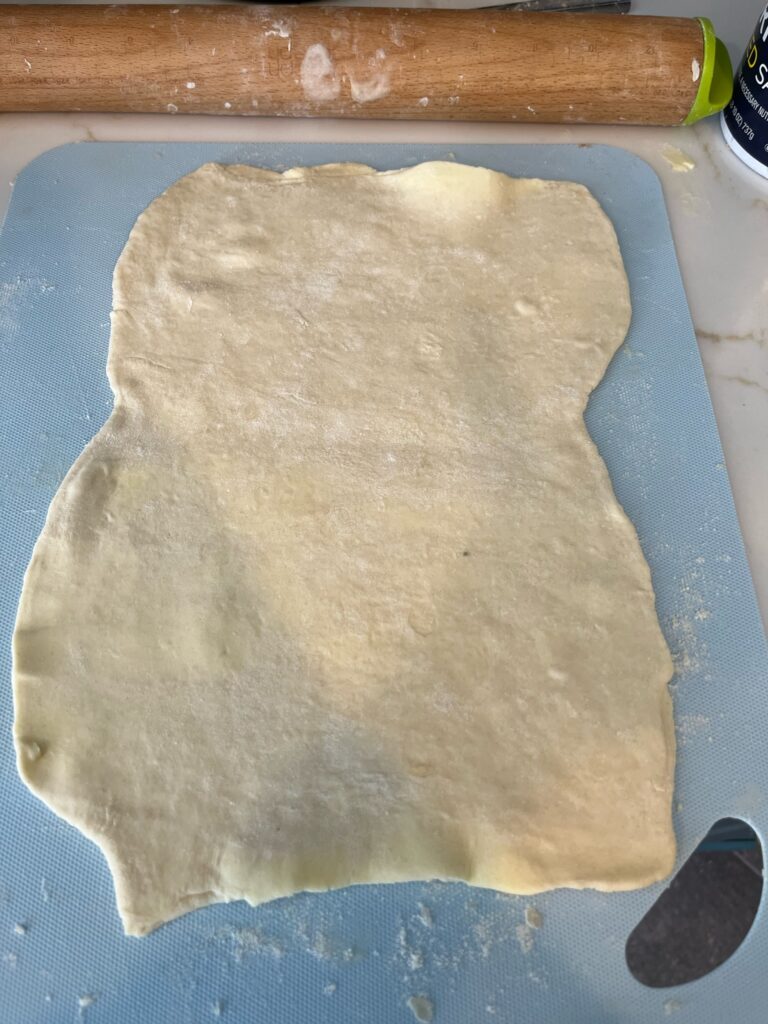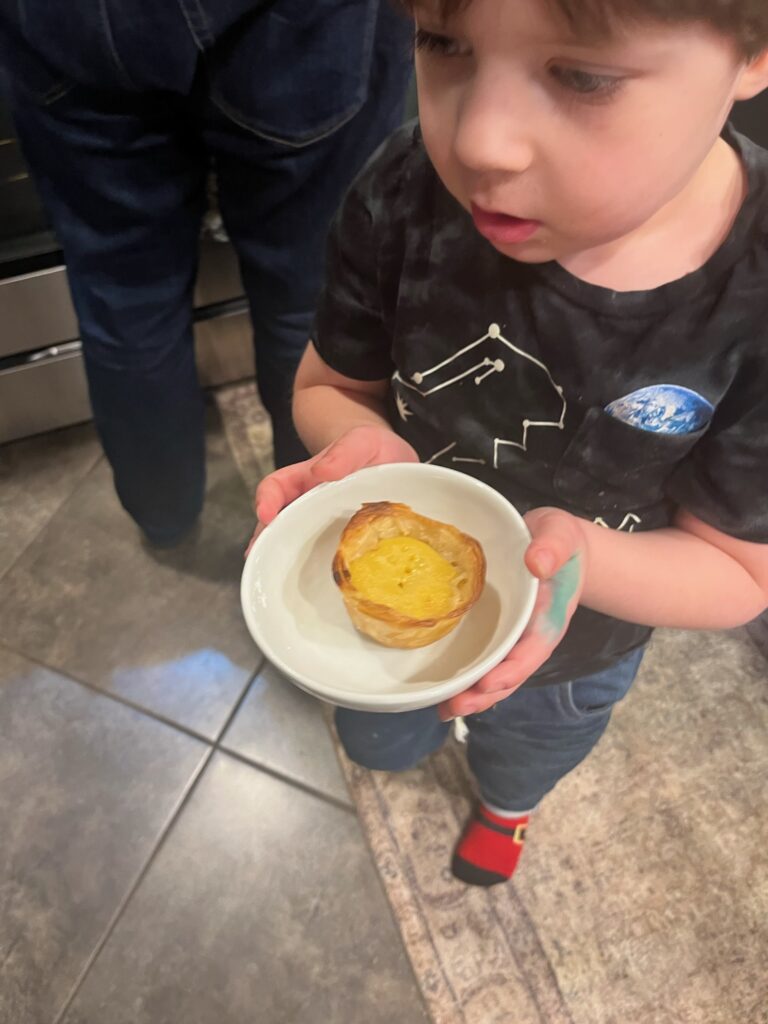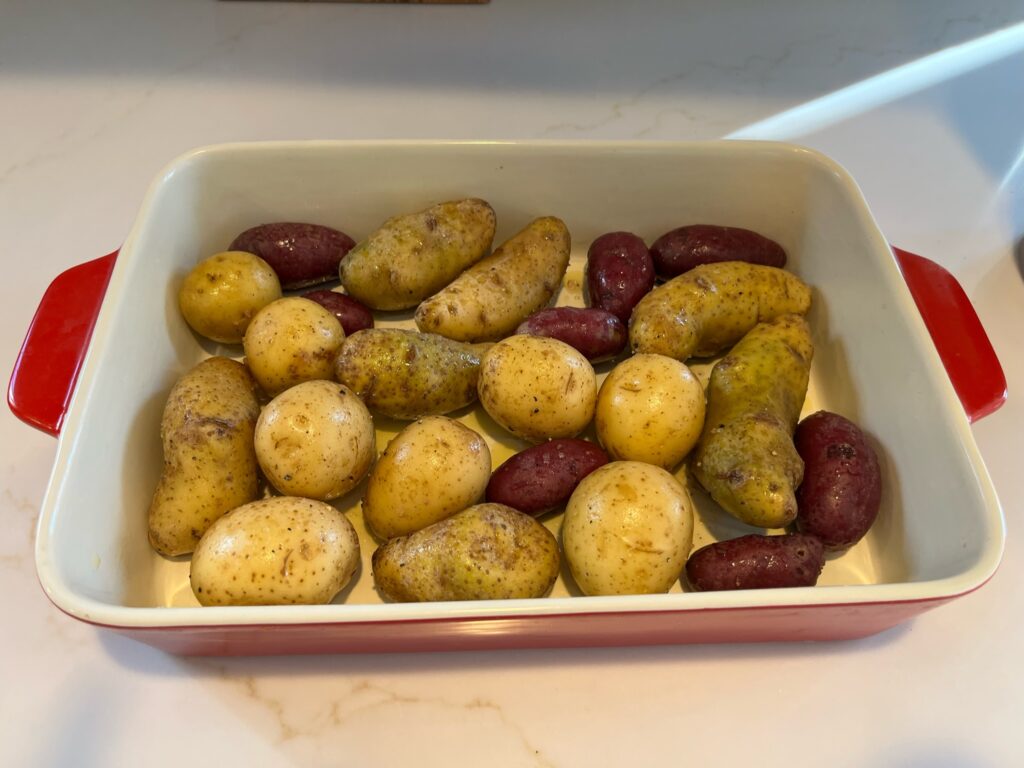We are so excited you are here. Every week, we “explore” a new country. We research its culture, explore recipes (or buy local when we can), watch videos, and listen to traditional music. This blog is the product of our weekly travels from home.
The goal of this blog is to create and deliver the resource we wish we had. It’s a one-stop shop in a quasi-immersive exploration of a new place every week. At home, we refer to this as virtual cultural immersion. We’ve found that there really is more that unites us than divides us, and good food and good music universal. Of the thousands of languages out there, they all do a great job at communicating the same thing: love. Let’s embrace that together.
The “Rules”
If you’re here reading this page, I’m guessing you’re interested in what’s going on. We invite you to commit to this every week, and join us in our journeys. Pick a country and go for it. Make whatever modifications you need, but of course try to keep the essence intact. Our goal is to make this process approachable and easy to adopt. Give it an honest try and you will find that cooking international cuisine is just the same as any other familiar recipe. Who knows, you and your kids might have a really good time exploring the world from home.
Please reach out with notes, thoughts, or whatever ideas you have to make this even better. We’ve got big plans, but we are always interested to hear new ideas!






